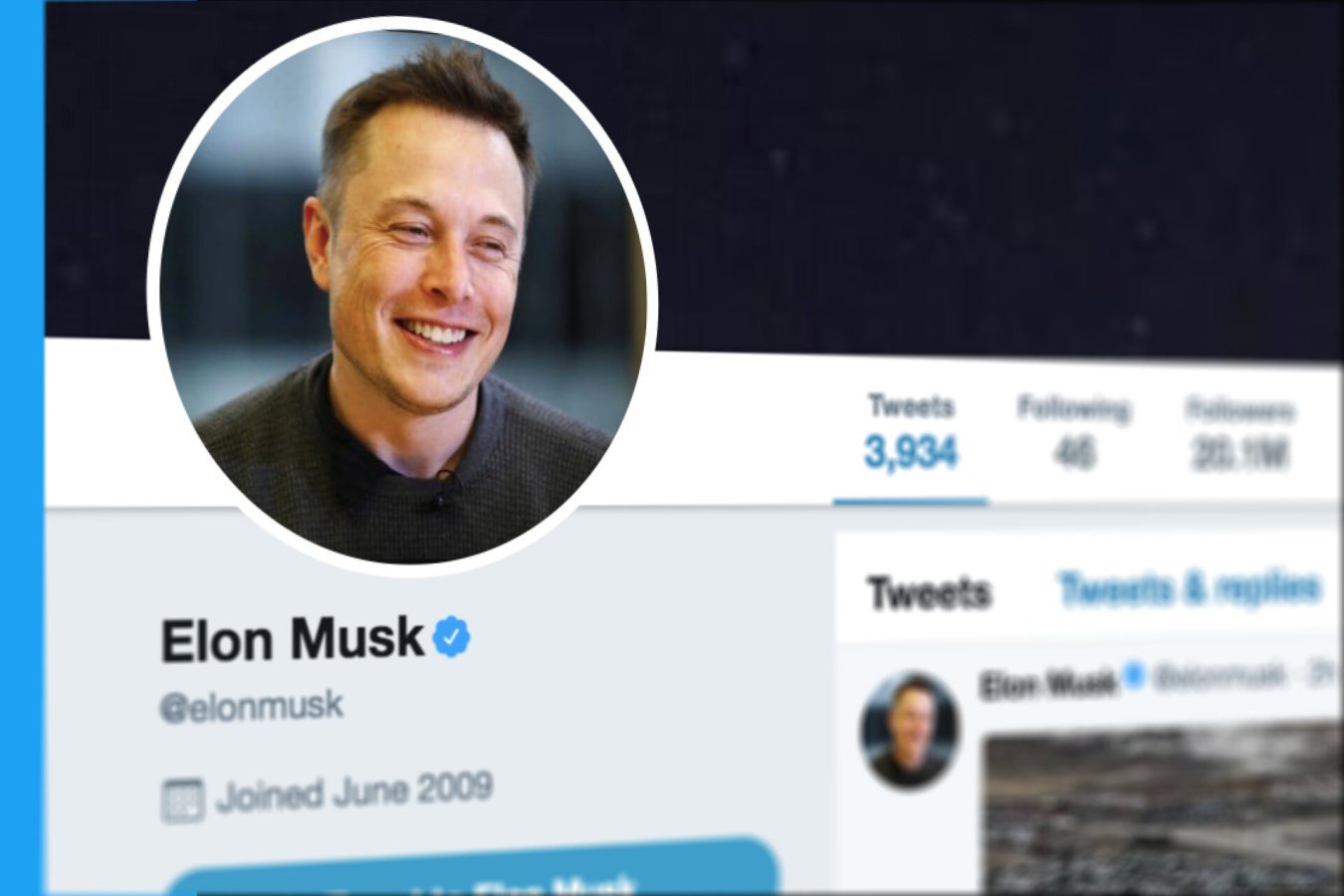The long-awaited NASA return mission to the lunar surface will, it seems, have to wait just a little bit longer. Technology and space buffs were disappointed on Monday, August 29th, as the scheduled lift-off failed to go ahead.
The next launch window for this location is Friday, September 2nd, from 12.48 pm ET closing at 2.48 pm. This gives the technical staff at NASA only a few days to diagnose and fix the problem before the next short window opens.
The last time we went
It’s hard to believe that the last time a human being set foot on the moon was almost 50 years ago on December 11th, 1972. Gene Cernan was officially the last terrestrial being to set foot on earth's nearest neighbor.
Many will wonder why it’s taken so long, considering the widespread optimism about the program in the 60s and 70s. With the rapid progress made during the space race against the Soviet Union at the time, few would have believed that humanity had failed to reach Mars and beyond by 2022.
The politics of space
The moon landing was televised for a very good reason. It had already been 8 years since cosmonaut Yuri Gagarin became the first person to travel in space in 1961. America was falling behind in the space race and needed a victory of some kind fast.
Bringing the first person to the moon was a huge triumph for American technology with obvious implications for the full-scale arms race that was in play. Although there were another 5 successful manned missions to the moon, the law of diminishing returns began to kick in.
An estimated 650 million people watched Neil Armstrong and Buzz Aldrin frolic on the moon. For Apollo 16 and 17 both public interest and network coverage were dramatically lower. The PR factor for American space dominance was no longer so great and a looming oil crisis-induced recession was occupying the public's attention.
A combination of lack of funding, lack of immediate practical outcomes, competition from the Soviet space program, and a fall in public interest all led to the decline and demise of one of humanity's greatest ventures ever.
Conspiracy theories
Or did they?
As you probably know by now, some believe that the Apollo missions never arrived on the moon at all. Some accept that they arrived but believe that what they found there was so strange, that they needed to film a fake version for release to the public. One of the reasons for this is a by now infamous interview with a NASA astronaut when he was asked why it has been so long since we went to the moon. The answer was strange in the extreme.
According to that one astronaut at least, Don Pettit, NASA destroyed the technology. His exact words were ‘we destroyed that technology and it’s a painful process to build it back again. Skeptics wonder how technology from the 1960s could be so superior to that of the 21st century when virtually every other form of technology has advanced by leaps and bounds.
So if the Artemis series of launches succeeds in landing people on the moon once again, and convincing everyone that they are really there, all these conspiracies will be put to bed once and for all. Well, of course they won’t, but we can always live in hope.
What went wrong?
The Artemis I is the first of a series of rockets that will culminate in a manned moon landing in 2025. This first launch was intended to orbit the moon and return. Already a modest goal considering that the Soviets reached the moon with a probe in 1959, while China's Chang'e 4 made a historic landing on the dark side of the moon in 2018.
NASA is playing catch up on its global rivals and if Monday was anything to go by, there is still some serious ground to cover. The launch failed a "bleed test" of one of its engines. A core stage rocket was unable to reach the required temperature for takeoff in the short window of time that would allow the mission to orbit the moon.
Although disappointing for everyone, if there is an engine bleed the rocket in all likelihood would never have reached the moon even if it had launched. The engineers were forced to cancel the mission while they pinpoint the reason for the fault.
Next scheduled flight
Arriving in the moon's orbit anywhere from earth requires that everything perfectly aligns. This includes the projected position of the moon relative to the movement of the earth while taking into account everything else that flies in between these two bodies.
Calculations have to be precise and typically leave a window of only a few hours when it is possible to launch a mission with any hope of arriving accurately and safely. Once this window passes all of these calculations need to be done again to find the next open window.
In this case, the next possible launches could take place on either September 2nd or September 5th of this year. While we all hope this will be the case this presupposes the engineers finding and then fixing the fault, as well as weather conditions on the day.
Let’s all keep our fingers crossed.






